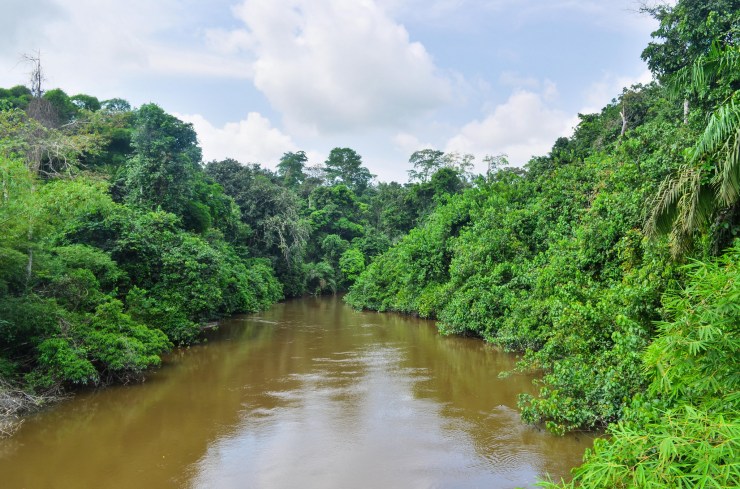
“Sadness flies on the wings of the morning, and
out of the heart of darkness comes the light.”
“Heart of Darkness” by Joseph Conrad

Courtesy of Samuel Noko:
“Hunters for gold or pursuers of fame, they all had gone out on that stream,
bearing the sword, and often the torch, messengers of the might
within the land, bearers of a spark from the sacred fire.
What greatness had not floated on the ebb of that river
into the mystery of an unknown earth!”
“Heart of Darkness” by Joseph Conrad
Courtesy of Fonds Bleu Congo:
Joseph Conrad in his story ‘Heart of Darkness’, called the Congo ‘A mighty big river, resembling an immense snake uncoiled, with its head in the sea, its body at rest curving afar over a vast country, its tail lost in the depths of the land.’ From head to tail the Congo River is 2,900 miles (4,700 km), which makes it the sixth-longest in the world, but in volume, it is second only to the Amazon. It is immense indeed, in every way.

The author Joseph Conrad:
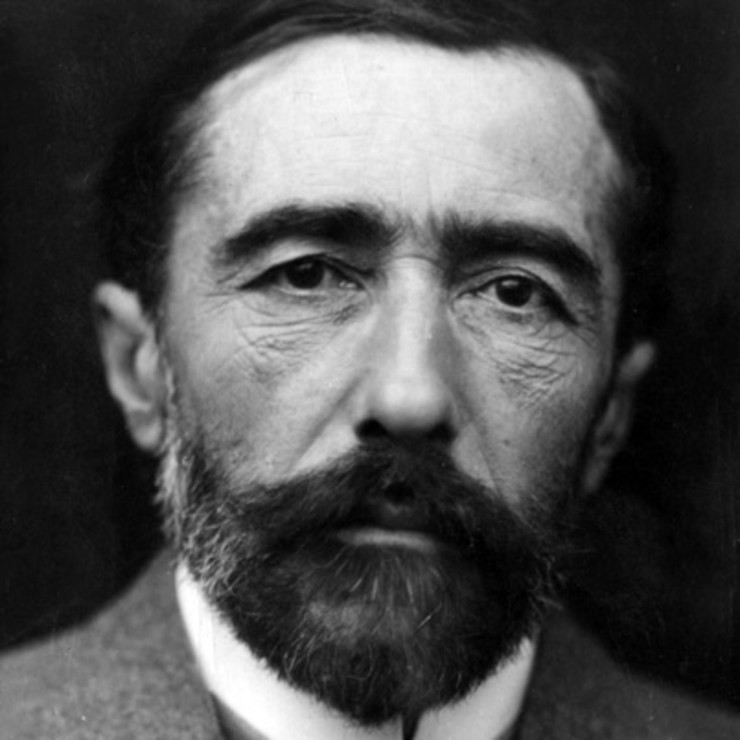
A vintage book cover of Conrad’s novel:

Courtesy of CaspianReport:
Courtesy of 60second Recap:
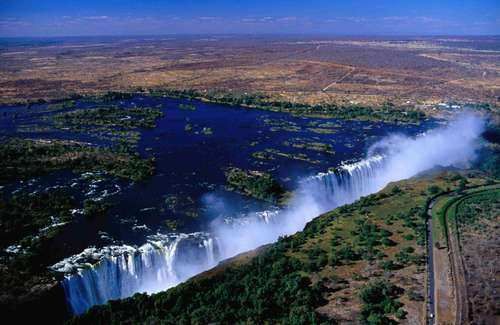
Graham Greene came here during the Belgian period on his way to the leper hospital mentioned in his novel ‘A Burnt-Out Case’. In his notebook, he wrote of ‘the huge Congo flowing with the massive speed of a rush-hour out over the great New York bridges.’ But his experience when he tried to go up one of the Congo tributaries was familiar to many travellers: ‘The boat had a hole in the bottom and was said to be dangerous: Perhaps the boat could go next week – or next month… If they say it is safe it will sail. Otherwise no. I distrust the whole affair.’ He wrote also: ‘One searches the forest for a sign of life, but perhaps it was the emptiness that began to be attractive.’ The younger novelist, John Updike, was more sympathetic to ‘this continent whose most majestic feature is the relative absence of Man.’

Graham Greene:
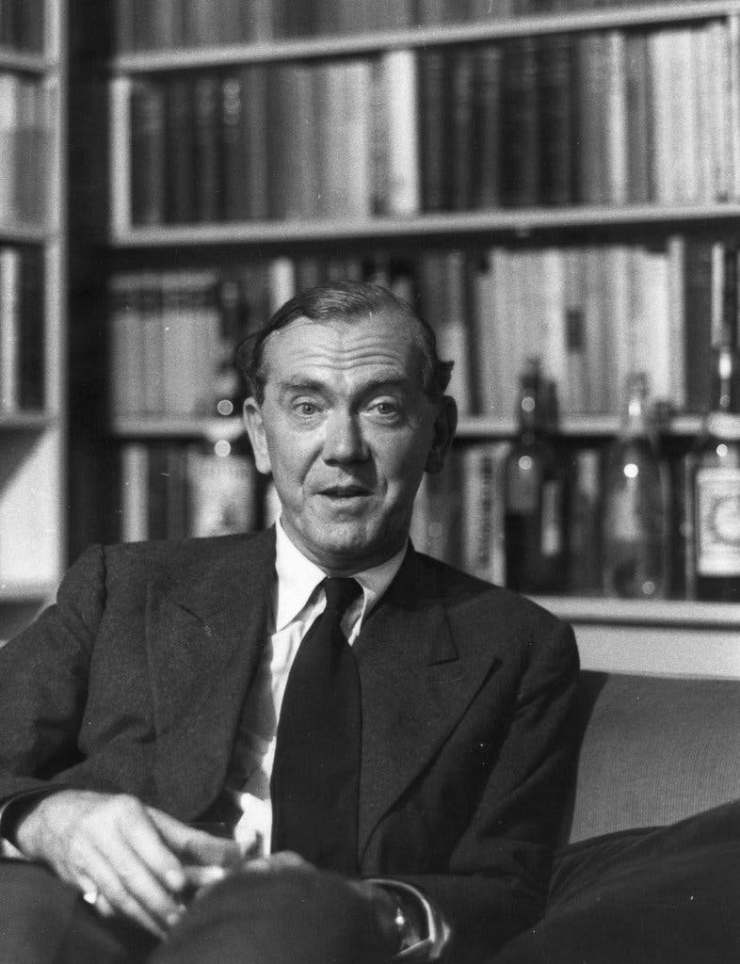
John Updike:
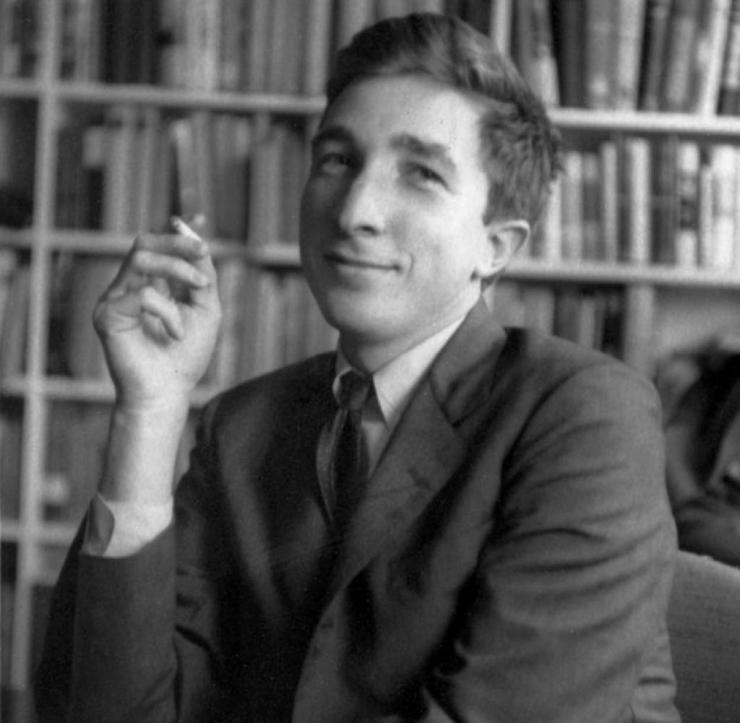
In 1482 Diogo Cam, the Portuguese explorer and his caravel were carrying the first white men to discover a bay on the African coast (the head of the snake). The captain recognised from the colour and sweetness of the water and the islands of weed floating on a current far out to sea that he was in the estuary of a huge river. On the second visit in 1485, they sailed upstream towards the Cristal Mountains until they reached a gorge of boiling water, impassable water – the Cauldron of Hell – into which the river came thundering down, hurled by cataracts from the unknown uplands beyond. It was the end of their voyage but before turning back the captain asked the natives what they called the river, and was given the word that meant simply ‘river’ and sounded to a Portuguese like ‘Zaire’. This was the name used until the end of the dictatorship of Mobutu Sese Seko which ran 1971 -1997.
The Portuguese navigator and explorer Diogo Cam:

History of the Congo River (courtesy of LiveScience):
Below are photos of the Kinsuka Rapid on the Congo River, one of the largest rapids on the planet.
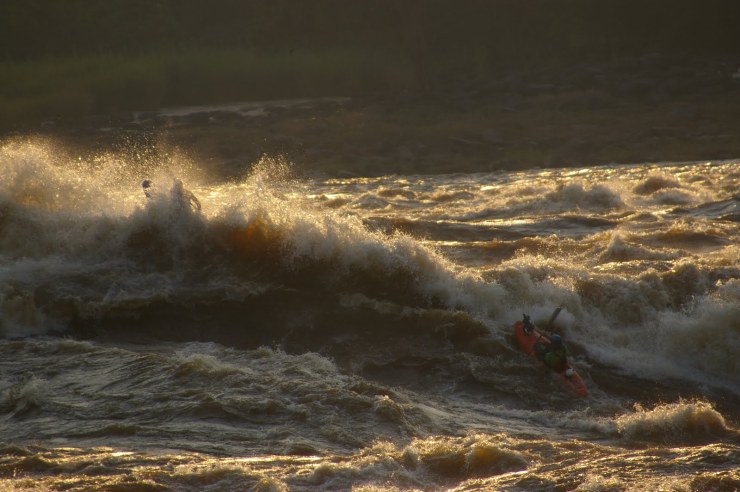
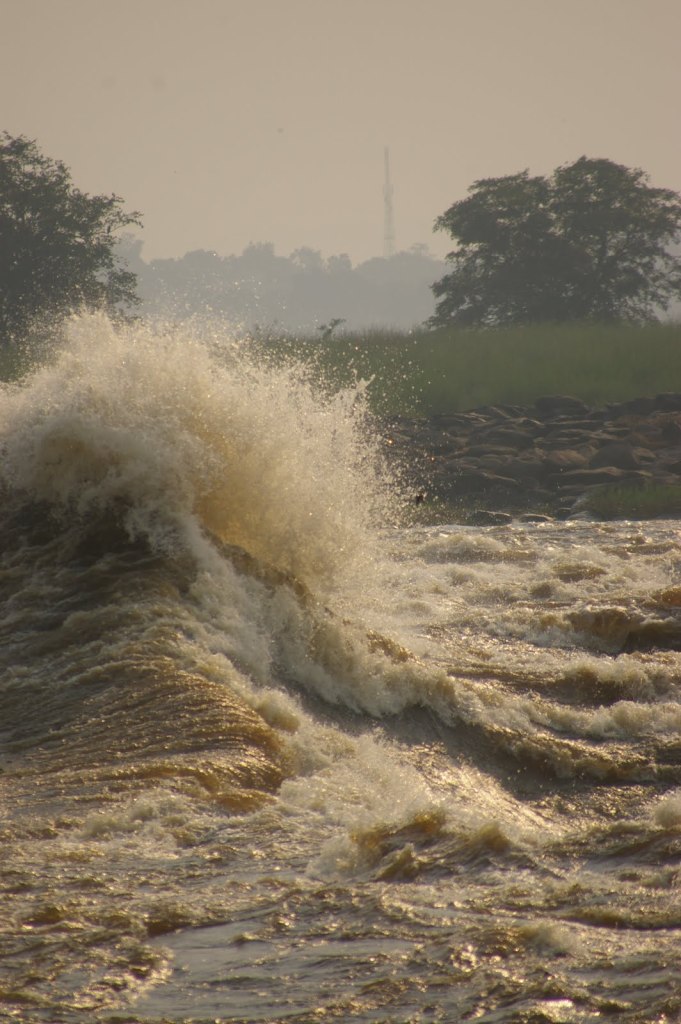
Kayaking on the Congo (courtesy of theviovoice):
The river Congo is the second-longest river in Africa, after the Nile, as well as the second-largest in the world by discharge volume after the Amazon. Its sources: Lake Tanganyika, Chambeshi River, East African Rift, Lake Mweru. Mouth: Atlantic Ocean. Countries: Democratic Republic of Congo, Republic of the Congo, Angola.
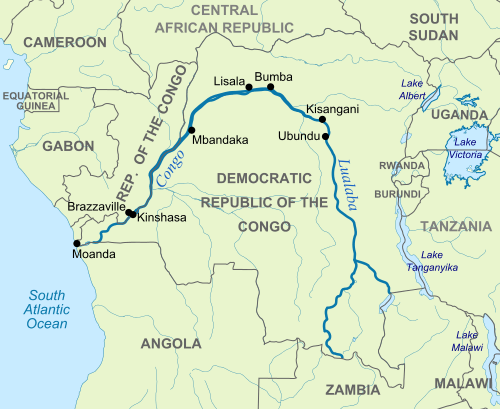
The Congo River is the world’s deepest river, reaching the highest depth ever recorded of 720 ft – 220 metres.
Courtesy of Amaze Lab:
As it is close to the Equator and because of that, it is hot and humid. The Congo region is 777,000 square kilometres in size, and each year the population increases by 1.7 million people, creating pressure to provide food, fuel and accommodation at great cost to the forest. Fifty percent of the Congo Basin forest has now been allocated for logging. Shame.
Congo Basin:

The history of the discovery of the Congo River is as fascinating as it is horrifying. Cataracts, thirty-two of them on the river, fall nearly a thousand feet over 150 miles, thereby creating the biggest reserve of water power in the world – topped by further exploration, and for four centuries the heart of Africa, a source of slaves and ivory, was a place of mystery. Guessing in the dark, and sometimes confusing the Congo with the Niger or the Nile, geographers believed that in the middle of the continent lay a vast basin in the equatorial plateau where the waterways were navigable and the riches unimaginable. To the Portuguese, the country up beyond the cataracts was where the rays of the moon could make a man’s head swell to twice its normal size. And to the Africans, the white men were the returning spirits of the dead, who lived at the bottom of the ocean. How else to explain the rumour that when one of the ships approached the land, its masts rose out of the sea before the hull?
A Portuguese caravel:

The tail of Conrad’s snake was not discovered until the heyday of Victorian adventure, and it was years still before a firm connection with the head was made. Dr Livingstone died in Central Africa in 1873, believing that the great river he had found and explored was part of the upper waters of the Nile. It was left to H.M. Stanley in 1877 to follow it downstream to the mouth, to penetrate the vast basin and prove the truth. He returned to King Leopold of Belgium in 1876. The King claimed ownership of a huge, long, and wide strip of land in the Congo River, 76 times larger than the size of Belgium. It was the beginning of a time of terror for the natives.
History’s deadliest king (courtesy of TED-Ed):

Henry Morton Stanley, the Anglo-American journalist and explorer:
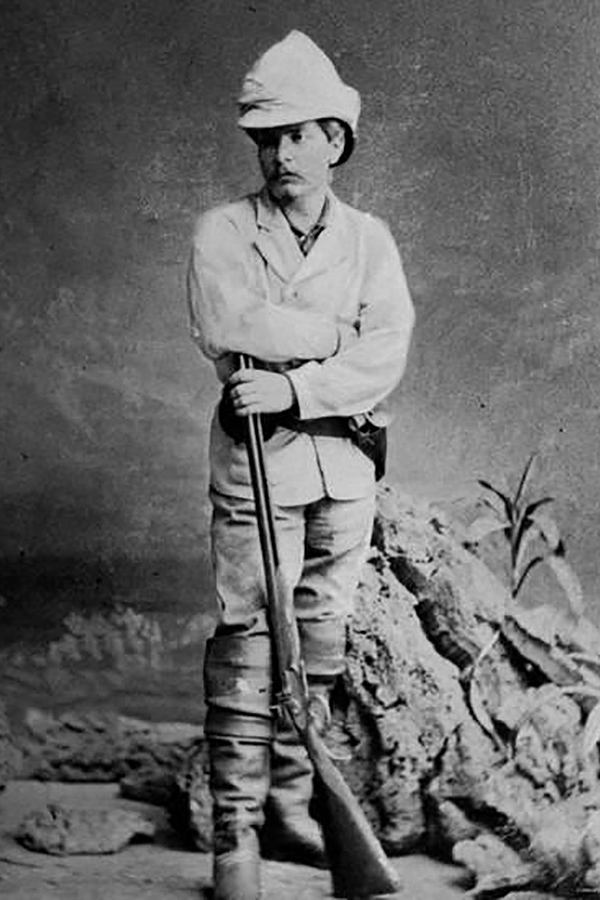
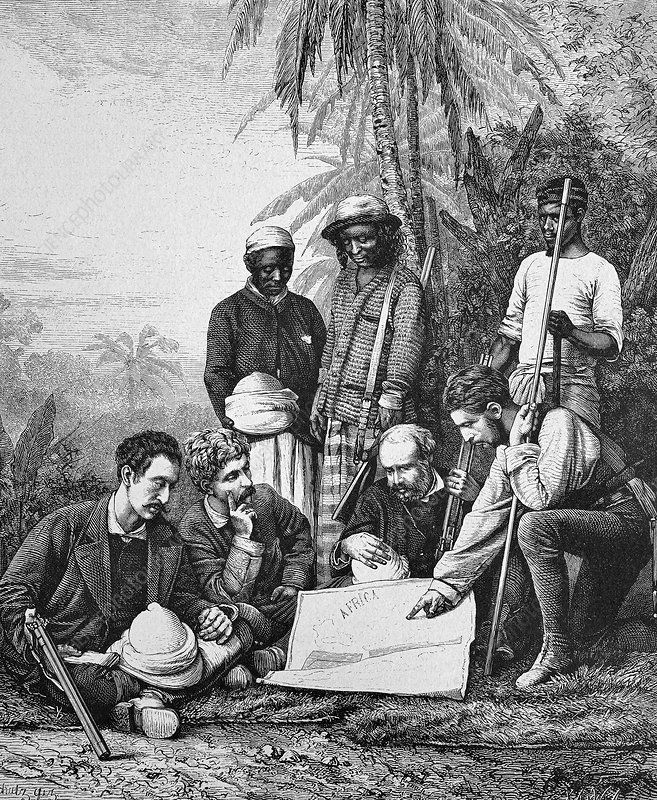
The Congo River begins between Lakes Tanganyika and Nyasa in the highlands of north-eastern Zambia. It flows peacefully until the river enters a 75-mile long canyon of rapids known as ‘Gates of Hell’. It is called the Lualaba or Upper Congo. It is the fusion of several rivers that spring from the swamps and savannas of the African watershed.
 They join to form the Lualaba, which heads northwards for almost a thousand miles while it passes among many villages including an old Arab market town Nyangwe where Livingstone, still thinking he was on the Nile, was turned back because nobody would let him have canoes. The river flows through another two hundred miles of forest, crossing the equator twice, and tumbles down sixty miles of rapids, the Stanley Falls, then dropping its name Lualaba and becoming the full-grown Congo as it reaches the town of Kisangani. It is a thousand-mile stretch and is nine-miles wide. After flowing to the South West it falls into Stanley Pool, a lake that spans fifty miles across. The final route of the Congo River to the Atlantic Ocean is around 100 miles long and finally is very navigable.
They join to form the Lualaba, which heads northwards for almost a thousand miles while it passes among many villages including an old Arab market town Nyangwe where Livingstone, still thinking he was on the Nile, was turned back because nobody would let him have canoes. The river flows through another two hundred miles of forest, crossing the equator twice, and tumbles down sixty miles of rapids, the Stanley Falls, then dropping its name Lualaba and becoming the full-grown Congo as it reaches the town of Kisangani. It is a thousand-mile stretch and is nine-miles wide. After flowing to the South West it falls into Stanley Pool, a lake that spans fifty miles across. The final route of the Congo River to the Atlantic Ocean is around 100 miles long and finally is very navigable.
Below are images of Boyoma Falls, formerly Stanley Falls, in Democratic Republic of Congo;
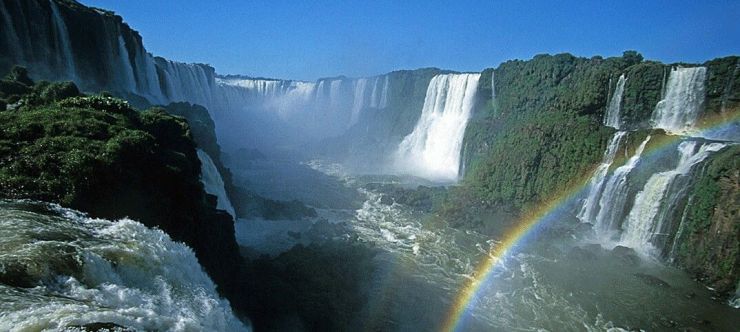
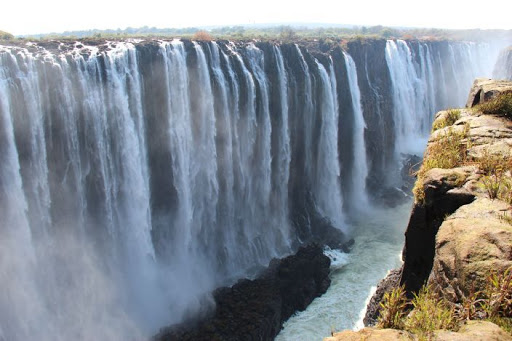
On his famous journey of discovery, recounted in ‘Through the Dark Continent’, Stanley plunged downriver, not knowing where it would lead him – north to the Sudan or west to the Atlantic. An Arab trader in Nyangwe told him that further downstream, where no white man had ever explored, there was ‘nothing but woods, and woods, and woods, for days and weeks and months.’ It was a country of cannibals, leopards and gorillas that ‘run up to you and seize your hands, and bite the fingers off one by one, and as fast as they bite one off, they spit it out.’
The Congo Rainforest (courtesy of The Way of The Rain):
Gorillas in the Congo rainforest:

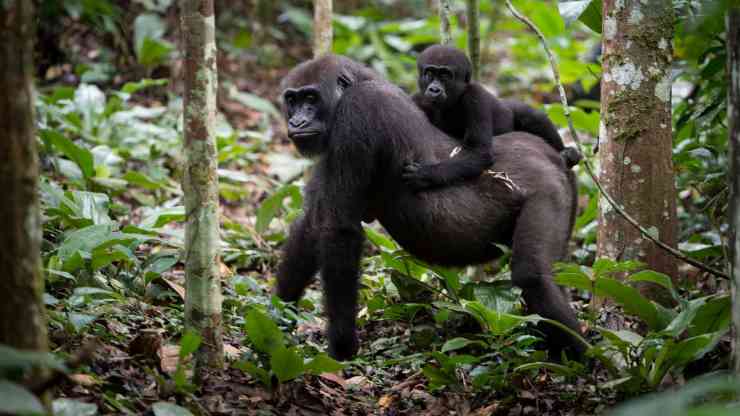
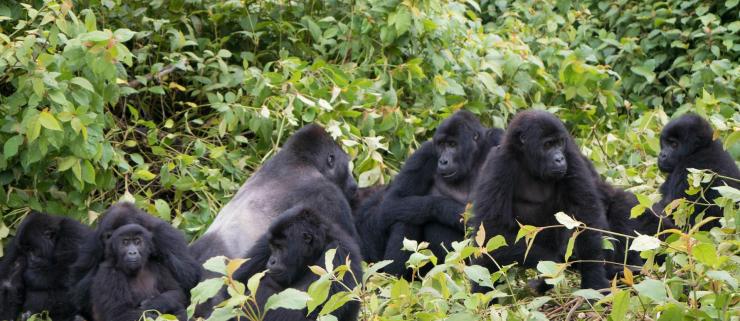
“Deep in the Congo” by Derek Fiechter (courtesy of Derek Fiechter’s Music):
Nothing would stop Stanley and he set off with a small army of people in canoes, including an escort of 400 Arabs. Many things transpired over the next few months, and after many attacks from the natives, and then heavy rains, the Arabs had enough and left, returning to Nyangwe. At that time Stanley was still not sure whether they were on the Congo, the Nile or even the Niger. He wrote: ‘Into whichever sea this great river empties, there shall we follow it… We shall toil on, and on, and on, by this river and no other, to the salt sea.’ It swept his group to the brink of the Stanley Falls, where they had to carry the boats overland, cutting through the jungle and fighting the natives. And all the while, Stanley made notes of local customs, drew his map and took solar observations. At the bottom of the Falls, where Kisangani stands, he achieved his triumph. He boiled a thermometer and found that the altitude was lower than the upper reaches of the Nile. So it must be the Congo. And to convince him, it was already bending westwards in a wide untroubled stream, deep and full of promise, that could flow nowhere but to the Atlantic.
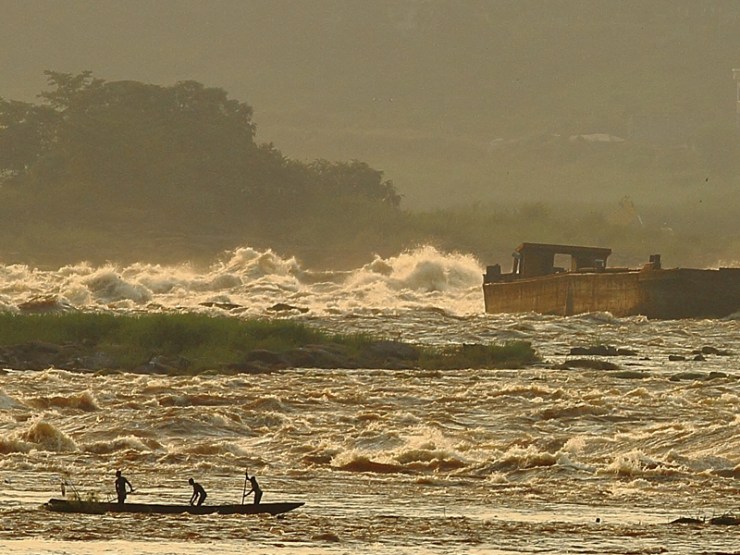
Courtesy of Nowness:
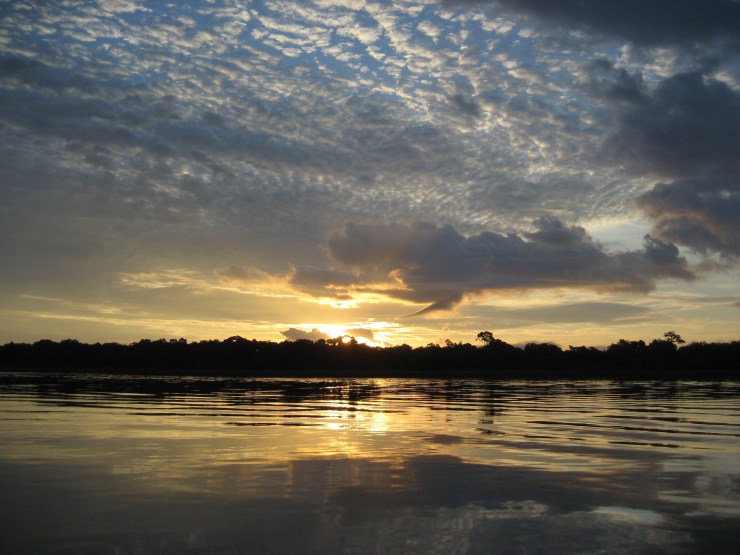
60 Seconds of Life on the Congo River (courtesy of National Geographic):
The middle stretch of the Congo is a huge arc across Africa. Here Conrad’s ‘mighty big river’ is deep, wide, swift – the great inland waterway of the early explorer’s dream. The old name for Kisangani was Stanleyville, in honour of the man who literally put it on the map, but to modern Africa, the word reeked of colonialism and it was rubbed out. Much of its prosperity went the same way. ‘The place had had its troubles’, the Oscar winner writer V.S. Naipaul observed, for this is his town in ‘A Bend in the River’. ‘What had been the European suburb near the rapids had been burnt down, and bush had grown over the ruins; it was hard to distinguish what had been gardens from what had been streets.’
Downtown Kisangani:
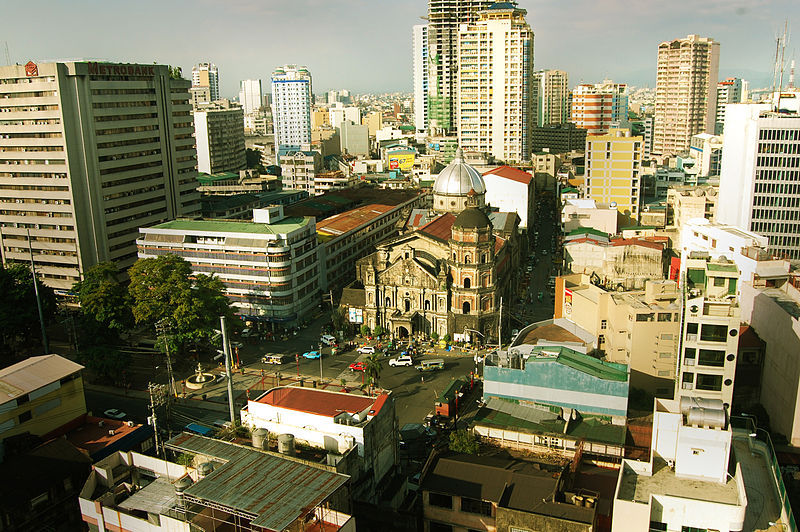
“Congo Avenir” performed by Tabu Ley Rochereau (courtesy of Syllart Records):
Vintage postcards showing scenes of Stanleyville:

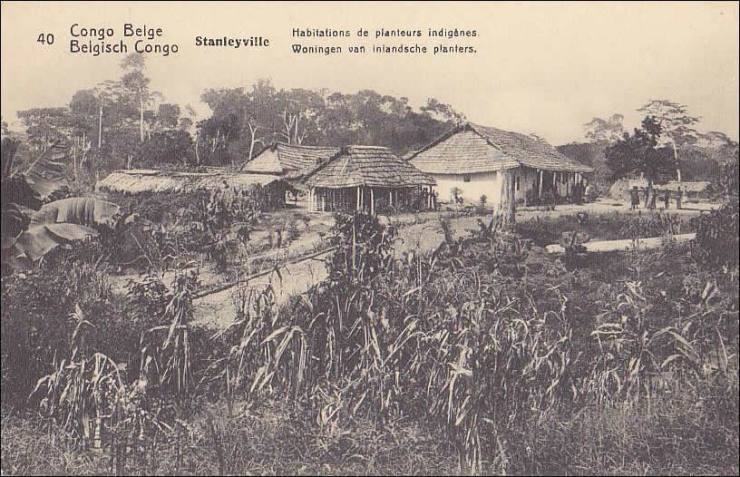
One of the tribes that troubled Stanley as he descended the Falls was the Wagenya, but he was a forgiving man and after escaping from their butchery he wrote of his admiration for their fishermen. His account of their fish traps in the lowest cataracts, and the engraving in his book, would do well to illustrate them today. Huge tree trunks are jammed into the rocks, anchored with liana ropes cut in the forest and twisted to great tension against the rapids. Tied to the trunks is a scaffolding of poles from which big baskets are hung, to catch the fish coming down in the roaring force of water. Wagenya men work like acrobats along the poles, balancing and tying and adjusting, while below them in the water canoes slip and sidle through the current, the paddles dipping in the foam. Sometimes there is a shout and a man holds up a big fish. The most delicious fish is called Capitaine, served in the best hotels.
Wagenya fishermen at work:
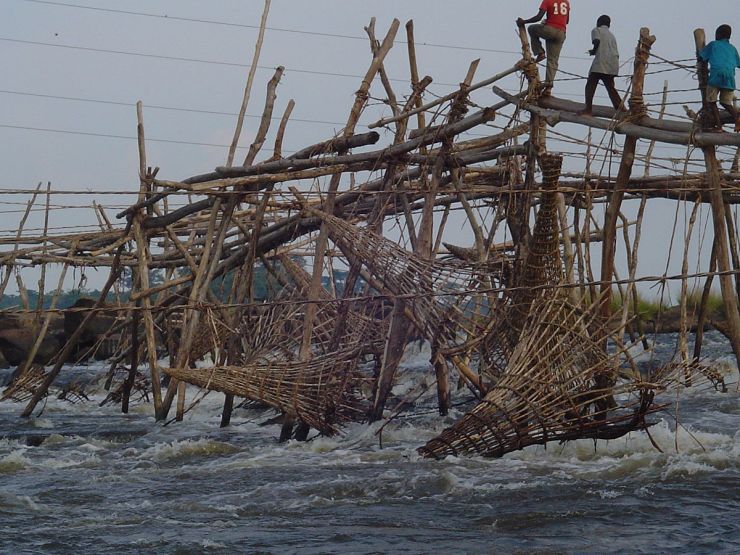
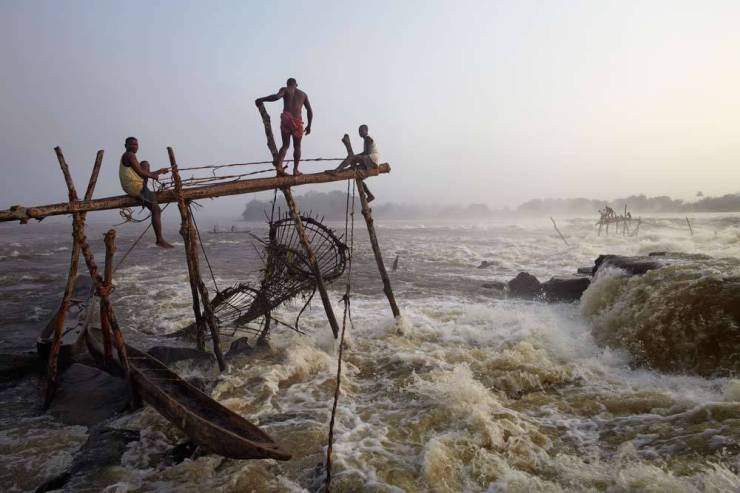

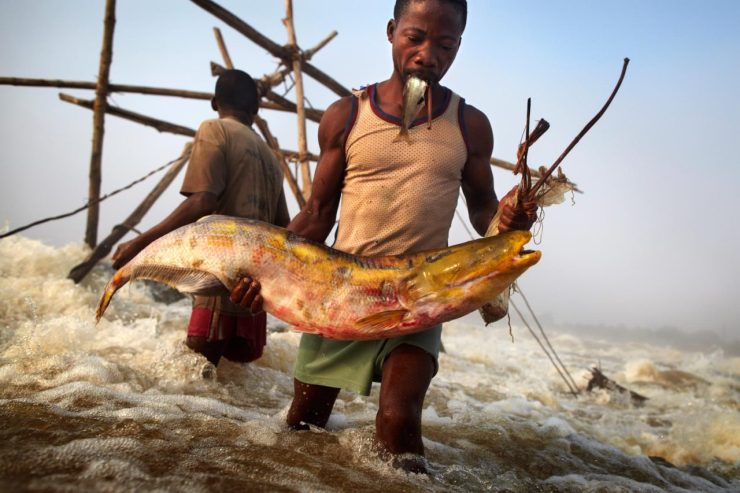
Capitaine (Nile perch) fish:
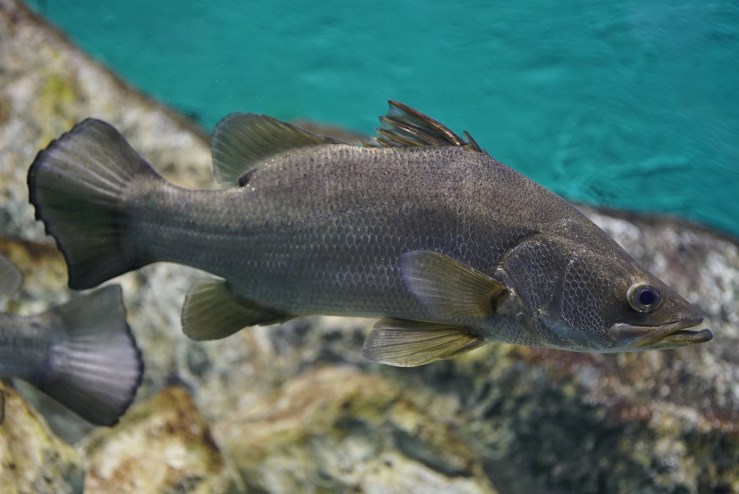
Courtesy of BBC News:
Courtesy of River Monsters:
On each side of the river, smooth and grey as steel under the pale sky, lay an infinite band of green. ‘Going up that river,’ Conrad wrote in ‘Heart of Darkness’, ‘was like travelling back to the earliest beginnings of the world, when vegetation rioted on the earth and the big trees were kings. An empty stream, a great silence, an impenetrable forest. The air was warm, thick, heavy, sluggish. There was no joy in the brilliance of the sunshine. The long stretches of the waterway ran on, deserted, into the gloom of overshadowed distances.’ Now, every few miles there are villages, thatched, clustered, trapped between the forest and the river. And of course, the Congo River is very popular with mosquitos. The motto of the local tribe is: the mosquito has no pity for a thin man.
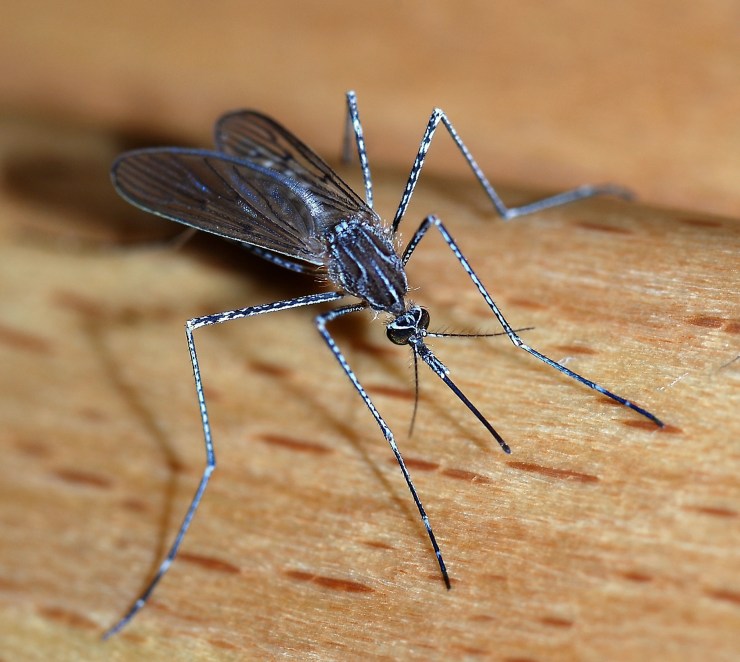
It took Stanley nearly five months to bring his bedraggled party down, with the loss of many men and canoes. ‘We have a horror of the river now’, he wrote, when another of his companions drowned. His men were riddled with dysentery, ulcers, and fever, and some of them believed there was no end to the river, but he got them to the estuary at last: ‘Ah! the hateful, murderous river, now so broad and proud and majestically calm, as though it had not bereft me of a friend, and of many faithful souls, and as though we had never heard it rage and whiten with fury, and mock the thunder. What a hypocritical river!’
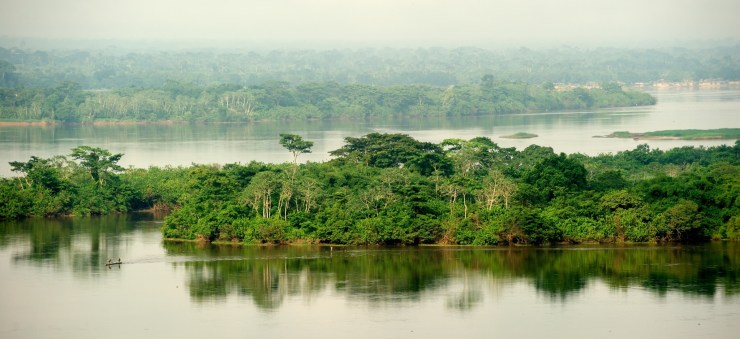
Two days later he took his incredulous men aboard a ‘big iron canoe driven by fire’ and sailed out into the salt sea where, four hundred years earlier, the captain of a Portuguese caravel had found evidence of a river mouth. Forgetting that the Nile is longer than the Congo, but perhaps remembering that he had lost at least forty people on the river, Stanley allowed himself a last emotion: ‘I felt my heart suffused with purest gratitude to Him whose hand had protected us, and who had enabled us to pierce the Dark Continent from east to west, and to trace its mightiest River to its Ocean borne.’
African forest elephants in the Congo (Photo by Caroline Granycome)

Courtesy of WWF International:
Today the Congo River is the largest source of hydroelectric power in Africa. Despite this, the uncontrolled fishing and hunting, illegal logging and poaching of large creatures (elephants in particular), deforestation and unplanned building, extraction of minerals and oils, these are the major problems that the Congo River is facing in the twenty-first century.
Inga Dam on the Congo River

A new course for the Congo (courtesy of Center for International Forestry Research):
“Dance For The Congo” performed by Daphne, Fally Ipupa and Fabregas (courtesy of Greenpeace Africa):
Very informative, ❤️👌
I must confess the pictures and videos engaged me more , they are just amazing , awesome collection, I was showing my twins, they enjoyed exploring the mighty river❤️❤️
LikeLiked by 1 person
Thank you, Reena, for your wonderful comments! How old are your twins?
Joanna
LikeLike
Thank you!
Joanna
LikeLike
They are ten yrs old😊
LikeLike
Goodness, Reena, you are not old enough to have children of this age!
Joanna
LikeLike
I love your compliment , thank you❤️❤️
LikeLike
Reena, it wasn’t a compliment, it was the truth!
Joanna
LikeLike
Such an interesting post..full of facts, trivia and so much history…also loved the pictures and videos…👍👍
LikeLiked by 1 person
Thank you for your kind comments. Greatly appreciated.
Joanna
LikeLiked by 1 person
This is such a massive river. I think there’s a movie based on Congo river.
It takes so much time and efforts to go back through all the elements of history and then summarize this profoundly.
Kudos to you, Joanna.
Im eager to read ‘Heart of Darkness’
LikeLiked by 1 person
Thank you, Ritish, for your wonderful comments! Conrad will impress you with the mastery of his knowledge of English!
Thank you again, greatly appreciated.
Joanna
LikeLike
JoAnna, I did not receive your comment. to me. Someone liked my comment and I came back and found yours. I am sorry you are having trouble with WordPress. It seems that they are always tweaking things, and I am also having a few problems. All the best! ❤
LikeLike
Dear Cheryl, I don’t know what is happening with WordPress? If you want say anything to me, email me on naturetailsuk@gmail.com
LikeLike
I found your comments, Cheryl, and I thank you for your wonderful appraisal! Thank you for reading about Paganini!
Thank you again, Cheryl. Greatly appreciated.
Joanna
LikeLike
This is a wonderful history of the Congo River. Loved French documentary. My sister and husband spent two years in the congo back in the 1960s with the Teachers Abroad program. A great post.
LikeLiked by 1 person
Thank you, Dwight, for your kind comments!
Greatly appreciated!
Joanna
LikeLiked by 1 person
You are welcome. I always enjoy reading your wonderful posts, Joanna!
LikeLike
Thank you, Dwight!
Joanna
LikeLiked by 1 person
I sent your blog post to my sister and her husband. They loved it. Said they have never seen anything like this on the Congo. They were very impressed!
LikeLike
Thank you, Dwight, that is so kind of you!
Joanna
LikeLiked by 1 person
Loved reading this , can’t wait to check out more of your work
LikeLiked by 1 person
Thank you so much for your kind comment. Greatly appreciated.
Joanna
LikeLiked by 1 person
Lovely and the amount of work that you put into these posts is marvelous.
LikeLike
Thank you for your very kind comments.
Greatly appreciated.
Joanna
LikeLike
Were you a bee or a bird spy in previous life, gathering the best of honey and this presentation which is absent from today’s minds.
I read somewhere above in comments how much you learned from conrads book as his mastery over English language was an inspiration for you. I think Joanna, these undistracted writers who had nature, almost silence minus no horns, less people on the road are ought to produce such marvellous works and as you mention it is wise to read from writers of that age and time.
As you know how much i love walking along, and bathing in the rivers i wanted to come back to this series of literary importance. It was a fascinating read, like a snake moving through a fascinating land. The gorillas, they are special beings.
The deepest river in the world, I always though was amazon or the nile. This was such a complete and new read my dearest Joanna, that it opened my eyes and made me sit from the resting posture when I started reading it.
This series is another gift. Like yourself.
Narayan x
LikeLike
I thought nothing would surprise me but you, dearest Narayan, are the master of creating wonderful and unexpected happenings! I must have been some animal reborn in a human form because of my affinity with animals and nature. I have a surprise for you too, as I am just compiling for your school the incredible facts about ants. And those facts will take your breath away!
Please, do remember what I have written about Amazon, apart from anacondas and piranas, there is the bullet ant there that is said to have the most painful bite in the world, and that is no surprise! Thank you, dearest Narayan, for your wonderful comments about The Sacred Congo, and Joseph Conrad. As always, your observations are spot on. A reader like you is a great gift to me.
Thank you!!
Joanna x
LikeLike